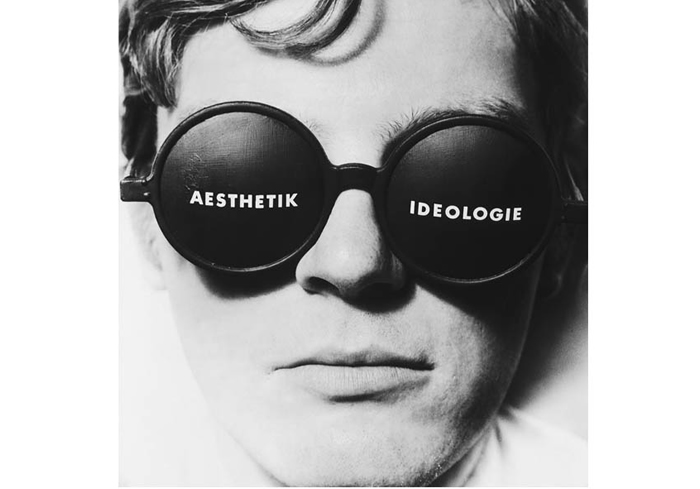The early Hacker at DIEHL CUBE, Berlin
The Right Angle as a Socio-Political Art Concept
Dieter Hacker is a German artist, who was one of the leading representatives of political art in Germany in the late 1960s and early 1970s. Then again, in the 1980s Hacker becomes famous as a painter in the context of the Jungen Wilden [young savages].

DIEHL CUBE, Fassade, Berlin, 2013, © Andreas Till
In the 1960s, as a studnet he began with analytical and kinetic works; in the 1970s, he produced more political and socially critical installations. With his political work and especially since 1971, with its concept of a gallery powered by the artists themselfs Hacker took a radical turning away from the art market. His self-designed exhibitions were discussing the social relevance of art, the role of photos in everyday life, the art market or the utopias of constructivism.
In his first work phase in the 1960s, Dieter Hacker works with geometric bodies aimed at triggering simple yet fundamental processes of perception and experience in the viewers.
[widgetkit id=14098]
Hacker develops objects that are set up like laboratory experiments, aimed at gathering objective knowledge about sensual perception together with the viewer. So it is no longer the artist alone who determines what the proper proportions between two geometrical objects can be. Hacker increases his scientific approach with the statistical evaluation of the recipients’ estimations of the apparent motion in the “Neckersche Würfel” [Necker Cubes].
The radical reduction of artistic resources goes hand in hand with the rejection of a construction or composition by the artist. The work becomes “radically transparent”, since it never attains a final form while claiming scientific objectivity as an analytical experimental setup.
The artist’s individual artwork is now of secondary importance and is replaced by spatial installations that are based on a variety of kinetic effects. This art had great socio-political aspirations. Especially by involving viewers and inviting them to play, the artists wanted to change and democratize society with their works, and break up fossilized thinking.
With the student movement in the early 1970s, political and social reality had overtaken this artistic approach. The changes in society that should be effected through art had already been set in motion and were being fought for in the street.

Dieter Hacker, Power to the Amateurs, Gallery Michael Sturm, Stuttgart, 2011
DIEHL CUBE – initiated by Volker Diehl – is a new exhibition space in Berlin which will exhibit site specific pieces made especially for the space, solitary works, videos and installations with shows lasting from only a few days to several weeks, in addition to events, lectures and presentations. It’s an alchemist laboratory of sorts, where the gallery provides complex and purposeful context for the art.
With its unique architecture and unusual dimensions –
a cube measuring 7 x 7 x 7 meters and its vast window front, DIEHL CUBE functions like an oversized display cabinet, showcasing a specific installation each time that can be viewed around the clock.
The early Hacker at DIEHL CUBE
until April 26
Emser Strasse 43, Berlin

